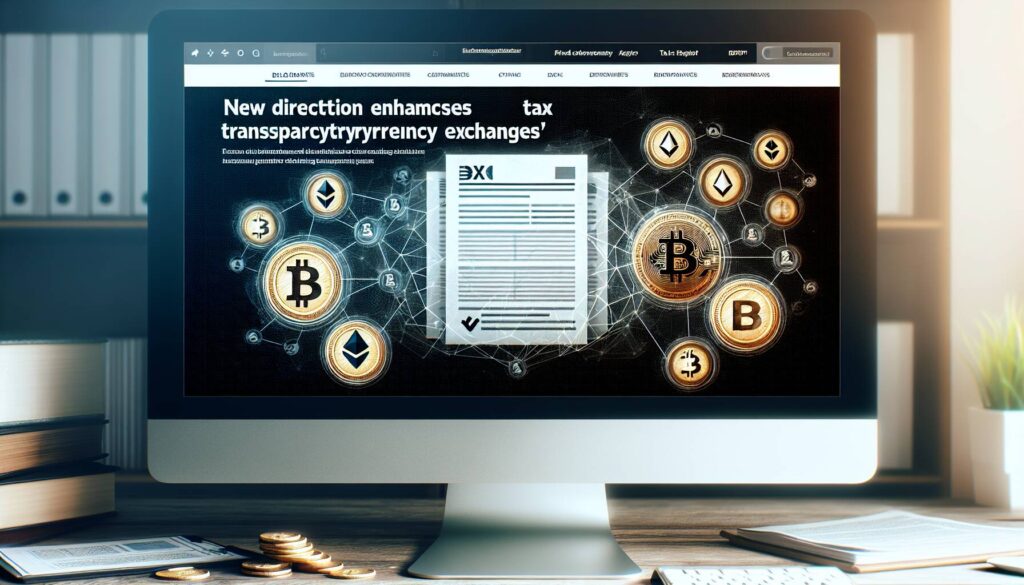As the vibrant city of Seoul prepares for Korea Blockchain Week, discussions surrounding the potential establishment of a Korean Won stablecoin have taken center stage, highlighting a significant trend within the cryptocurrency landscape. This proposal not only holds economic implications but is also steeped in political context, aiming to position local currencies as digital alternatives to the dominant U.S. dollar. However, challenges loom, as many Asian currencies, including the Korean Won, face restrictive capital controls that limit their global usability.
Legislators in Korea are currently debating a bill that would legalize stablecoins, but this initiative is not aimed at fostering international adoption of the Won. Instead, lawmakers are keen on maintaining monetary sovereignty in the face of dollar-powered tokens. The concerns expressed by Korea’s central bank chief illustrate the tightrope South Korea must walk; while there is openness to the idea of a Won stablecoin, apprehensions about convertibility and potential capital flight remain paramount.
The situation is further complicated by a broader pattern among Asian currencies, where many, like Taiwan’s New Taiwan dollar and China’s renminbi, are also restricted within their own borders. These local stablecoin projects primarily address domestic policy needs, lacking the flexibility to expand on a global scale. In stark contrast, Hong Kong’s dollar stands out as the only fully convertible currency in the region, already utilized in international markets and poised to serve as a viable stablecoin.
“Unless regional governments are willing to liberalize, the HKD remains the only local currency that can plausibly challenge USDT and USDC on a global stage.”
This conundrum illustrates a paradox: capital controls designed to protect local economies inadvertently strengthen the dominance of dollar-backed stablecoins. As market dynamics shift and investor sentiment evolves, the implications of these developments extend far beyond currency valuation, beckoning new questions about the future of regional financial sovereignty and global cryptocurrency standards.
In the backdrop of these evolving narratives, the cryptocurrency market continues to experience fluctuations in activity. Bitcoin remains relatively stable, while Ethereum faces headwinds amidst a declining risk sentiment. As Asia-Pacific markets also step back in conjunction with their U.S. counterparts, investors are closely watching these movements, not just for financial repercussions but for what they reveal about the future of digital currencies in a rapidly changing world.

Key Points on Asian Currency Developments and Market Movements
The following points highlight the key aspects of the current developments in the Asian currency markets and their implications:
- Korean Won Stablecoin Discussions:
- Upcoming Korea Blockchain Week highlights discussions on a stablecoin for the South Korean won.
- Aims to position local currencies as digital alternatives to the U.S. dollar.
- Political Weight and Capital Controls:
- Asian currencies hindered by capital controls, limiting their global circulation potential.
- Hong Kong dollar emerges as the only viable stablecoin base in the region.
- Legislative Initiatives:
- A bill to legalize stablecoins in Korea has surfaced, focusing on domestic monetary sovereignty.
- Legislation does not support the global use of the KRW due to historical concerns over capital flight.
- Monetary Sovereignty vs International Utility:
- Korea’s financial policies protect sovereignty but hinder international utility of its currency.
- Most Asian currencies face similar restrictions and challenges in scaling globally.
- Hong Kong Dollar’s Unique Position:
- HKD is fully convertible with unrestricted capital flows, making it capable of functioning internationally.
- A tokenized HKD could bridge domestic policy needs with global liquidity demands.
- Market Movements:
- Bitcoin (BTC) faces negative ETF flows, affecting its pricing stability.
- Ether (ETH) is underperforming in the current market sentiment despite supportive long-term factors.
- Gold prices are climbing due to expectations of U.S. rate cuts and increased safe-haven demand.
- Regional stock markets, including Japan’s Nikkei 225, are seeing declines following trends in U.S. markets.
Impacts on Readers’ Lives:
Understanding these developments can help individuals and investors navigate the evolving landscape of digital currencies and financial markets, influencing investment decisions and fostering awareness of the geopolitical implications of currency policies.
Analysis of Korea’s Potential Stablecoin Initiative
The ongoing discussions around a Korean Won stablecoin during Korea Blockchain Week highlight the challenging landscape of digital currencies in Asia. While the potential for a domestically issued stablecoin emerges as a vital topic, it raises significant concerns regarding its viability on a global scale. In contrast, the Hong Kong dollar stands out with its unrestricted capital flow, providing a stark advantage over other Asian currencies hopelessly bound by capital controls.
Korean Regulatory Landscape: The Korean government’s move towards legalizing stablecoins reflects a protective strategy against the dominance of dollar-based tokens like USDT. This initiative could empower local businesses and consumers by fostering financial sovereignty; however, it’s severely limited by historical regulations restricting the Won’s global circulation. Without adjusting these rules, Korea risks creating a digital currency with only domestic applicability, thereby missing opportunities for international partnership and innovation.
Hong Kong’s Competitive Edge: Contrarily, the HKD’s position as a fully convertible currency allows it to thrive in international markets, making it an appealing candidate for a tokenized stablecoin. This dynamic not only serves local economic interests but also positions Hong Kong as a significant player in the cryptocurrency space. Hong Kong could benefit from increased foreign investment and greater economic integration, while other regions like Korea and Taiwan grapple with internal policy limitations.
Potential Benefits and Drawbacks: The introduction of a KRW stablecoin could support local economic activities, but its confined utility may hinder broader adoption, limiting potential advantages for tech-savvy startups and financial institutions. Moreover, it could lead to frustrations among investors seeking higher liquidity and broader market access available to currencies like the HKD. Meanwhile, the successful launch of a stablecoin in Hong Kong could foster an attractive ecosystem for global crypto participants, putting pressure on other Asian nations to rethink their monetary policies.
Ultimately, while a KRW stablecoin may serve specific local needs, its effectiveness remains overshadowed by capital controls, suggesting that unless substantial regulatory reforms take place, competitive alternatives like the HKD will dominate the conversation surrounding digital currency viability in Asia.

















